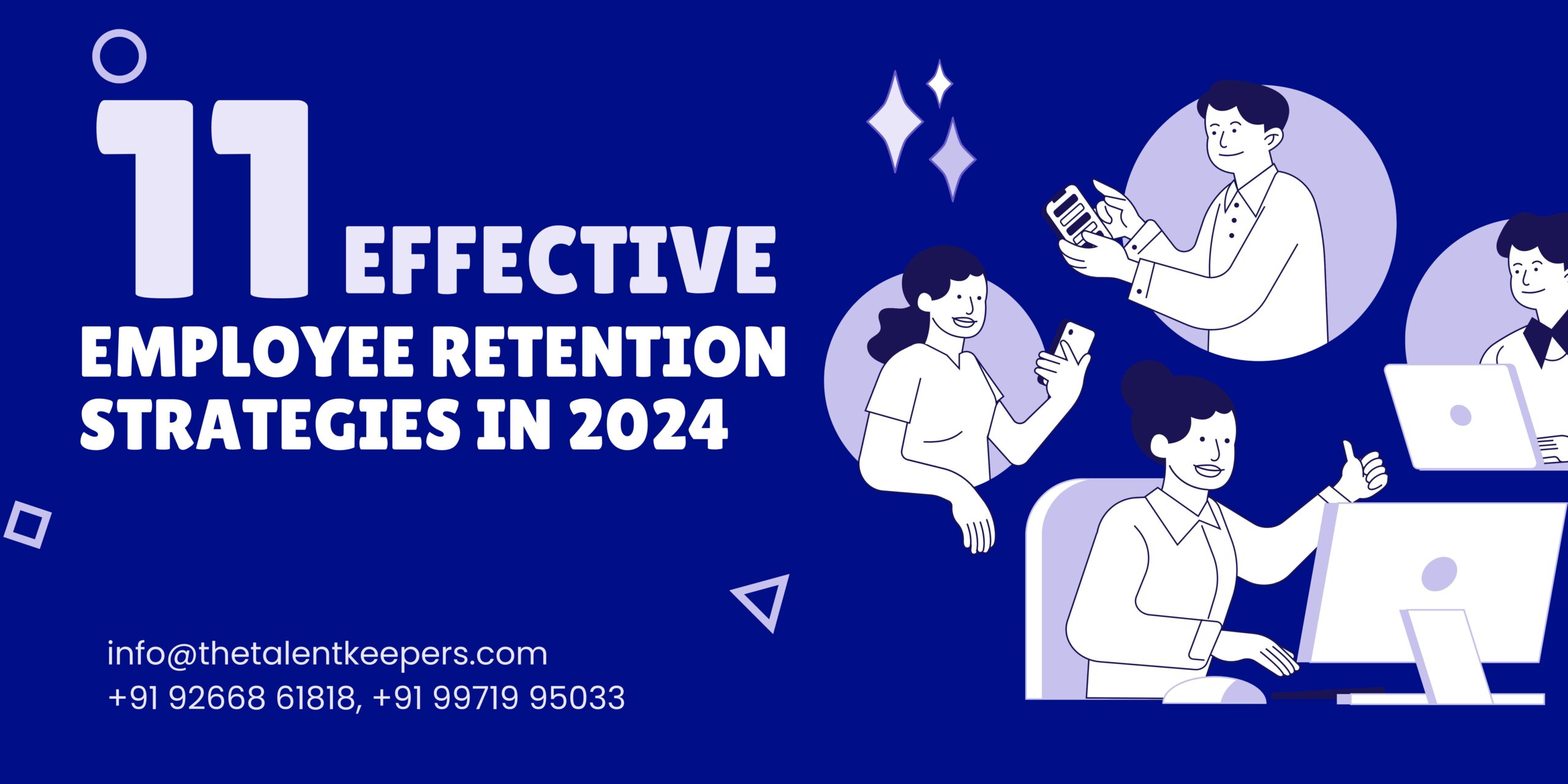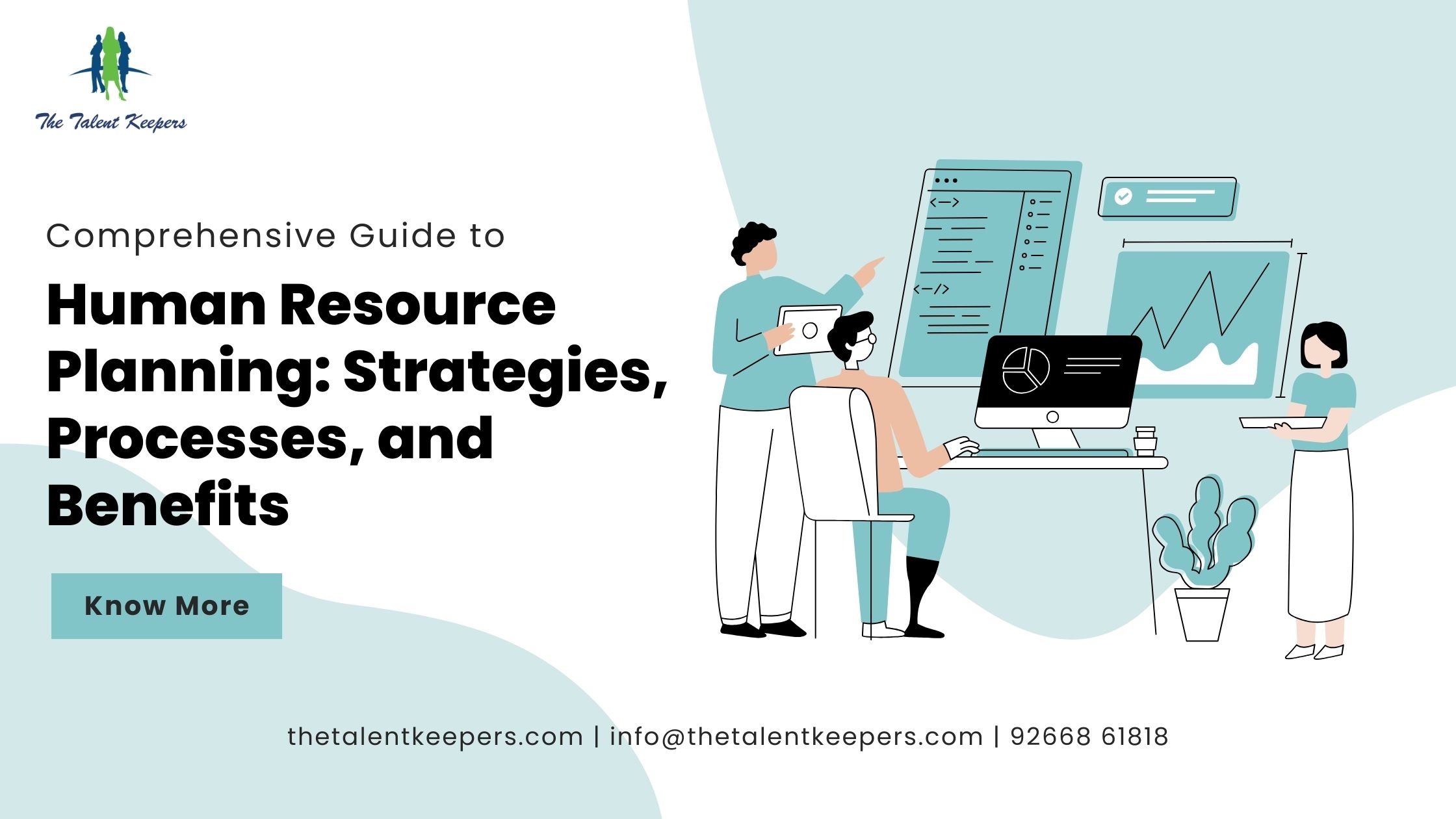What is Employee Retention?
Why Are Workers Leaving?
Understanding why employees leave is a critical step in improving retention. A proactive approach to identifying and addressing these issues can save the organization from losing valuable team members and incurring the costs associated with high turnover.
Reasons for Leaving Their Job
Lack of Career Advancement Opportunities
Employees are more likely to stay when they see a clear path for growth. When these opportunities are absent, they may look elsewhere for roles that support career progression.
Insufficient Compensation and Benefits
Competitive compensation is essential, especially in today's market. When employees feel undervalued financially, they’re often tempted by offers from competitors.
Poor Work-Life Balance
An imbalanced workload, rigid schedules, and lack of flexibility can lead employees to seek organizations that respect their time and personal life.
Toxic Work Environment
Workplace culture plays a significant role in employee satisfaction. A negative environment marked by unaddressed conflicts, ineffective leadership, or a lack of inclusivity can drive employees away.
Lack of Recognition and Appreciation
Employees who don’t feel valued for their contributions are more likely to leave. Recognition, whether through rewards, appreciation programs, or simple acknowledgment, is essential for retention.
Why Employee Retention Matters
The Best 11 Employee Retention Strategies
Offer Competitive Compensation and Benefits
A fair and competitive salary is one of the most important factors in retaining employees. Beyond base pay, businesses should consider benefits like health insurance, retirement plans, and wellness programs. Additional perks, such as fitness memberships, childcare assistance, or student loan repayment options, can also make employees feel valued and supported. Regularly reviewing and adjusting compensation packages to stay in line with industry standards demonstrates that your organization values its team.
Provide Opportunities for Growth and Development
Employees are more likely to stay if they can grow within the company. Offer access to training, workshops, and courses that help them expand their skill sets. Development opportunities, such as job shadowing, stretch assignments, or tuition reimbursement, show that you’re invested in their long-term career path. Promoting from within when possible is a clear indicator that growth is achievable. Encouraging employees to set career goals and supporting them through mentorship and coaching also boosts retention.
Recognize and Reward Employee Contributions
Everyone wants to feel appreciated, and recognizing hard work is key to employee satisfaction. A strong recognition program can include both formal and informal recognition, from simple “thank you” notes to more public recognition in meetings or company newsletters. Rewards such as performance bonuses, extra paid time off, or employee awards (like "Employee of the Month") reinforce that individual contributions are valued. Implementing a peer recognition system can also create a culture of appreciation and mutual respect.
Encourage Work-Life Balance
With the blurring of personal and professional life, especially in remote settings, a healthy work-life balance is more crucial than ever. Offering flexible work hours, remote work options, or a hybrid model helps employees manage their personal obligations while staying productive. Support work-life balance through policies like "no email after work hours" or mandatory vacation days to ensure employees feel rested and respected. When employees see that you respect their personal time, they’re more likely to stay committed.
Foster a Positive Work Culture
A positive workplace culture promotes teamwork, open communication, and inclusivity. Leaders should model respect, transparency, and empathy, setting the tone for a healthy work environment. Building an inclusive workplace where all employees feel valued, regardless of background or position, goes a long way in boosting morale. Regular team-building activities, social events, and open feedback channels can help employees form strong bonds with their colleagues, creating a sense of community that fosters retention.
Conduct Stay Interviews
While exit interviews provide insights after an employee leaves, stay interviews help identify and address potential issues before they become reasons to leave. During stay interviews, ask employees what they enjoy about their roles, what could be improved, and what would make them want to stay. Acting on the feedback provided in these discussions not only helps identify retention issues early but also shows employees that their opinions are valued and that their satisfaction is a priority.
Offer Career Pathing and Promotion
Employees are more likely to stay if they can envision a future with the company. Create clear career paths for different roles, outlining how employees can advance within the organization. Show them the skills or experiences needed to move up or transition into new areas. By offering regular opportunities for advancement or lateral moves, companies demonstrate that they value internal growth and will invest in their team’s professional development. This sense of direction and potential for promotion can significantly boost retention.
Prioritize Employee Well-being
Incorporating wellness programs into your employee retention strategies is critical for maintaining a healthy, productive workforce. Offer resources for both physical and mental well-being, such as gym memberships, wellness stipends, or mental health days. Providing access to mental health support—through counseling services or stress management programs—demonstrates a genuine commitment to employee well-being. When employees feel that their health is a priority, they’re more likely to remain loyal to the company.
Build Strong Leadership
Leadership has a major impact on employee satisfaction and retention. Poor management is a common reason for leaving, so invest in leadership development to equip managers with the skills needed to lead effectively. Encourage leaders to practice open communication, empathy, and fairness. Leaders should provide guidance, resolve conflicts, and support their teams consistently. Regular leadership training programs, coaching, and feedback help ensure managers contribute positively to the work environment, fostering a culture where employees feel supported and respected.
Conduct Regular Performance Reviews and Provide Constructive Feedback
Regular feedback sessions are essential for helping employees improve and grow. Performance reviews should be constructive, focusing on achievements and providing guidance for areas needing improvement. Managers should also acknowledge their team’s contributions, providing positive reinforcement. Set up a structured feedback process with scheduled reviews and follow-ups to ensure employees feel supported in their growth. Constructive feedback helps employees understand how their work contributes to the organization, encouraging a sense of purpose and dedication.
Implement Employee Engagement Initiatives
Employee engagement programs can transform a workplace, making it more interactive, supportive, and enjoyable. Engagement initiatives can range from regular feedback surveys and pulse checks to social events, team lunches, and volunteer opportunities. Engagement software, which provides insights into employee sentiment and involvement, can also be useful for tracking and improving engagement levels. By creating an engaged workplace, companies foster loyalty and connection among their teams, leading to increased satisfaction and reduced turnover.
Boost Employee Retention with an Employee Experience Solution
Leveraging employee experience solutions can streamline and enhance employee retention strategies. These solutions provide insights into workforce trends, helping leaders address issues before they lead to turnover. From feedback tools to performance analytics, employee experience platforms allow for data-driven decisions that improve retention outcomes.
Employee Retention Strategies FAQ
Management plays a significant role in retention. Effective managers build trust, recognize accomplishments, and provide growth opportunities, all of which improve employee satisfaction.
Stay interviews offer insights into employee satisfaction, helping employers identify potential issues and proactively address them to prevent turnover.
Conclusion
Adopting a variety of employee retention strategies can create a work environment where employees feel motivated, valued, and dedicated to their roles. From competitive benefits to strong leadership, each strategy plays a unique role in building a loyal workforce. The Talent Keepers is here to support your business in implementing these strategies and retaining top talent. For more insights into effective HR practices, visit our job portal and discover solutions tailored to your business needs.
Ready to boost retention and create an exceptional employee experience? Contact us today or visit our web portal to learn more about our tailored solutions for attracting and retaining top talent. Let’s build a team that grows with your business!





